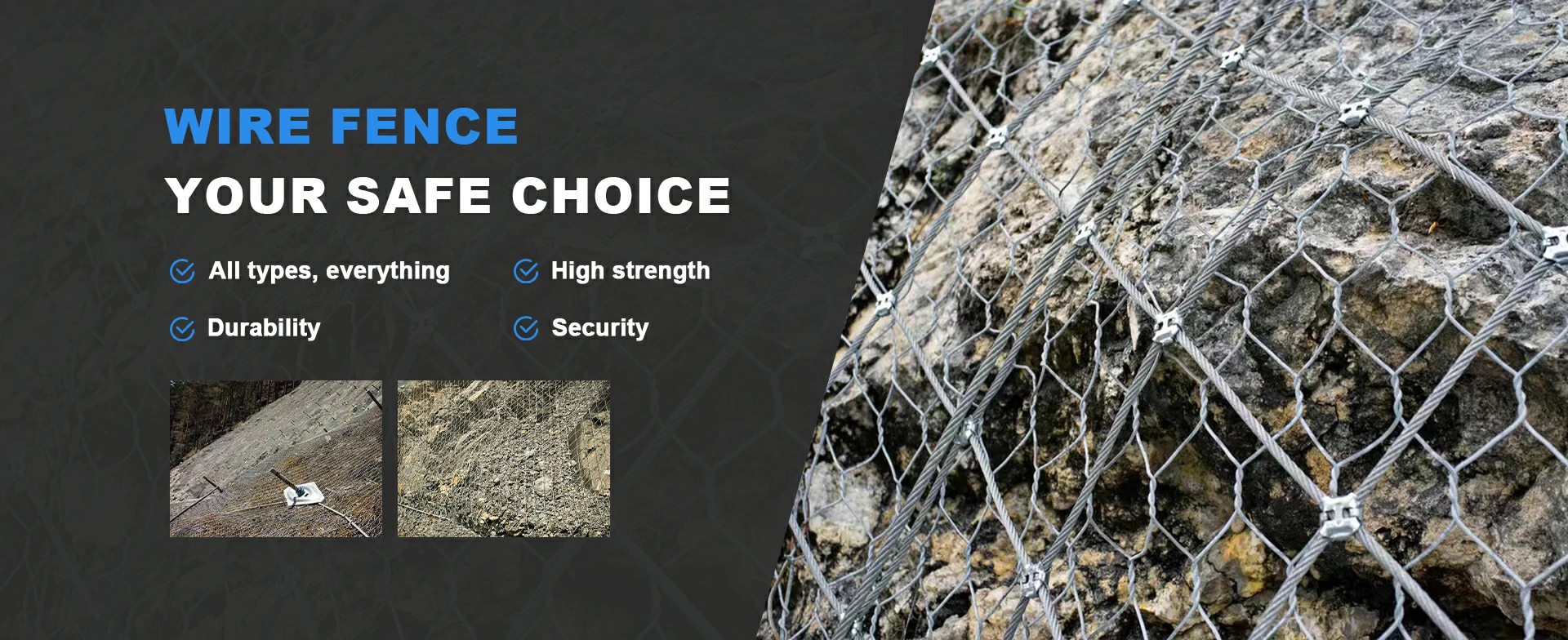Abu . 09, 2024 18:50 Back to list
Exploring the Production Process of Gabion Wire Cages in Modern Manufacturing Facilities
The Rise of Gabion Wire Cages A Look into Factories and Production
In recent years, the use of gabion wire cages has gained significant traction in the fields of civil engineering, landscaping, and environmental conservation. These versatile structures not only serve aesthetic purposes but also provide essential functions like erosion control, slope stabilization, and flood management. The increasing demand for gabions has led to the establishment of specialized factories dedicated to their production, reflecting a growing industry poised to support a variety of applications across the globe.
Gabion wire cages are constructed from a series of interconnected wire mesh, typically made from galvanized steel or PVC-coated wire. This core material gives the cages their strength and durability, allowing them to withstand harsh environmental conditions, including heavy rainfall and wind. More than just functional, these cages can be filled with a range of materials, including stone, sand, or recycled materials, enabling an array of designs tailored to specific project needs.
The Rise of Gabion Wire Cages A Look into Factories and Production
After securing materials, the next phase involves the manufacturing process itself. Factories employ advanced machinery and skilled workers to create gabion units that meet industry standards. The wire mesh is cut, bent, and welded into the desired shapes and sizes, depending on the client's specifications. Customization is a significant advantage offered by gabion factories, enabling them to cater to a wide range of projects, from small landscaping endeavors to large-scale infrastructure works.
gabion wire cages factories

One of the key factors contributing to the growth of gabion factories is the increasing awareness about sustainable construction practices. Gabion structures are not only environmentally friendly due to their ability to blend into natural landscapes, but they also utilize locally sourced materials, reducing transportation costs and carbon footprint. More municipalities and companies are turning toward gabion systems as a part of their green building strategies, further boosting demand on the production side.
Moreover, the ease of installation is a notable feature of gabion wire cages. Unlike traditional concrete walls or barriers, which require mixing, pouring, and curing, gabions can be rapidly deployed. Factories are now also engaging in the development of pre-fabricated modules, allowing for quicker project timelines and reduced labor costs. This rapid installation capability makes gabions an attractive choice for builders and contractors looking to streamline their workflows.
As the market for gabion wire cages expands, factories are also exploring international avenues for growth. Exporting products to emerging markets experiencing rapid urbanization presents a significant opportunity. With the global push towards resilient infrastructure, gabion solutions are becoming increasingly recognized worldwide.
In conclusion, the production of gabion wire cages encapsulates a fascinating interplay of engineering, sustainability, and market demand. Factories at the forefront of this industry are not only contributing to practical solutions for environmental challenges but are also supporting the broader movement toward more sustainable and efficient construction practices. As we look to the future, the role of gabion wire cages will likely continue to grow, paving the way for innovative approaches to solving some of our most pressing infrastructure issues.
-
Why PVC Coated Gabion Mattress Is the Best Solution for Long-Term Erosion Control
NewsMay.23,2025
-
Gabion Wire Mesh: The Reinforced Solution for Modern Construction and Landscape Design
NewsMay.23,2025
-
Gabion Wall: The Flexible, Seismic-Resistant Solution for Modern Landscaping and Construction
NewsMay.23,2025
-
Gabion Wall Solutions: The Durable, Decorative, and Affordable Choice for Every Landscape
NewsMay.23,2025
-
Gabion Basket: The Durable and Flexible Alternative to Traditional Retaining Walls
NewsMay.23,2025
-
Gabion Basket: The Proven Solution for Slope Stability and Flood Control
NewsMay.23,2025
-
Versatility of Chain Link Fence Gabion
NewsMay.13,2025






